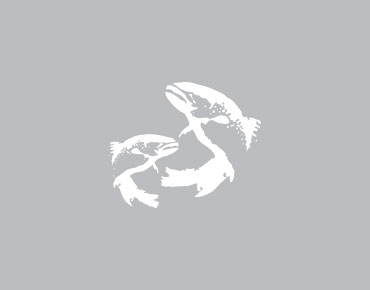News

Thermal refuges and citizen science
February 5, 2025 - Description: With climate change, heat waves and low water episodes are observed more and more frequently. During heat waves, salmon is thermally stressed and needs areas where the river is...

Development of methods for monitoring and analyzing salmon river thermics
February 5, 2025 - Description: Thanks to the deployment of numerous thermographs along salmon rivers by FQSA, the organization has now a continuous important quantity of data. FQSA intends to analyze the data to...

Mapping riparian morphology change for critical habitat conservation and watershed management planning
February 5, 2025 - Description: This applied research project aims to evaluate climate change impacts relating to watershed degradation of salmon habitats with a focus on the culturally significant endangered inner Bay of Fundy...

WATERSHADE Phase 2
February 4, 2025 - Description: This project consists in implementing actions resulting from the implementation plan developed in Phase 1 of the Watershade project. The thermal refuges policy and the decision tree will be...

Development of a modelling framework to quantify cumulative effects of land use and climate change on juvenile Atlantic salmon
February 3, 2025 - Description: This project builds upon a FCAS project entitled “Development and implementation of a modelling tool to investigate how freshwater ecosystems influence wild Atlantic salmon populations”. In this initial project,...

Importance of the height of riparian vegetation for thermal regimes of Atlantic salmon rivers to strategically inform restoration decisions.
February 3, 2025 - Description: The project proposes to model the amount of solar radiation reaching the surface of salmon rivers as a function of basin topography, riparian vegetation characteristics, local stream reach orientation,...

Consequences of interbreeding between farmed and wild salmon under climate change: effects on thermal tolerance
February 3, 2025 - Description: The proposed research aims to assess the consequences of interbreeding between farmed and wild salmon, particularly in terms of thermal tolerance. Introgression of farm genes into wild populations may...

Consequences of interbreeding between farmed and wild salmon under climate change: effects on thermal tolerance
June 26, 2023 - Description: The proposed research aims to assess the consequences of interbreeding between farmed and wild salmon, particularly in terms of thermal tolerance. Introgression of farm genes into wild populations may...

Climate change vulnerability assessment framework to support the conservation of Atlantic salmon in rivers
July 14, 2022 - Vulnerability of Atlantic salmon to climate change has been assessed on a provincial scale in Newfoundland and Labrador [19,20]. The study found that Atlantic salmon have the highest exposure and...
